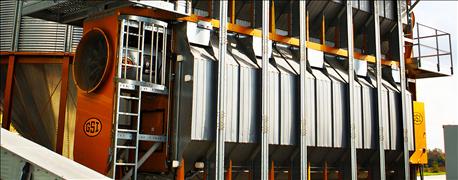Explore our blog featuring articles about farming and irrigation tips and tricks!
Top 5 Things To Consider When Selecting A New Grain Dryer

By Gary Woodruff
1. Determine wet bin and dryer capacity correctly. Farmers often calculate how many bushels they harvest per hour, or the total number of bushels harvested per day divided by 24 hours. The drawback to that approach, Woodruff says, is that it’s difficult for a dryer to run consistently every day for 24 hours. Instead, he recommends basing it on the actual number of bushels expected to harvested and dried per season. Factor in some downtime, take a hard look at how many bushels will be raised and add the expected growth for the next five to 10 years. Then determine how many days your equipment will take to complete the harvest, and select a wet bin and dryer capacity that can accomplish that. “All dryer capacity ratings use wet bushels, and the USDA determines a bushel at 56 pounds, not a specific volume of grain,” Woodruff says. “The dryer will actually put out dry bushels which, depending on grain moisture, will reduce those wet bushel ratings 6% to 17%, from 5- to 15-point moisture removal.”
2. Increase dryer holding capacity.“One common misconception is that you can simply increase the amount of wet bin holding capacity to increase the operating capacity of the dryer,” Woodruff says. “But that’s a short-term answer that only helps until you catch up. It doesn’t actually change the capacity of the dryer at all.” A better solution, he says, is to add a larger-capacity dryer that holds more bushels. “If you have a larger holding capacity and you maintain optimum airflow, not too high and not too low, you will dry the most grain possible in a given time period with good grain quality and efficiency,” he explains. “It may cost a little more up front, but it is going to pay dividends every year after that.”
Stay up to date on all T-L news and get alerts on special pricing!


